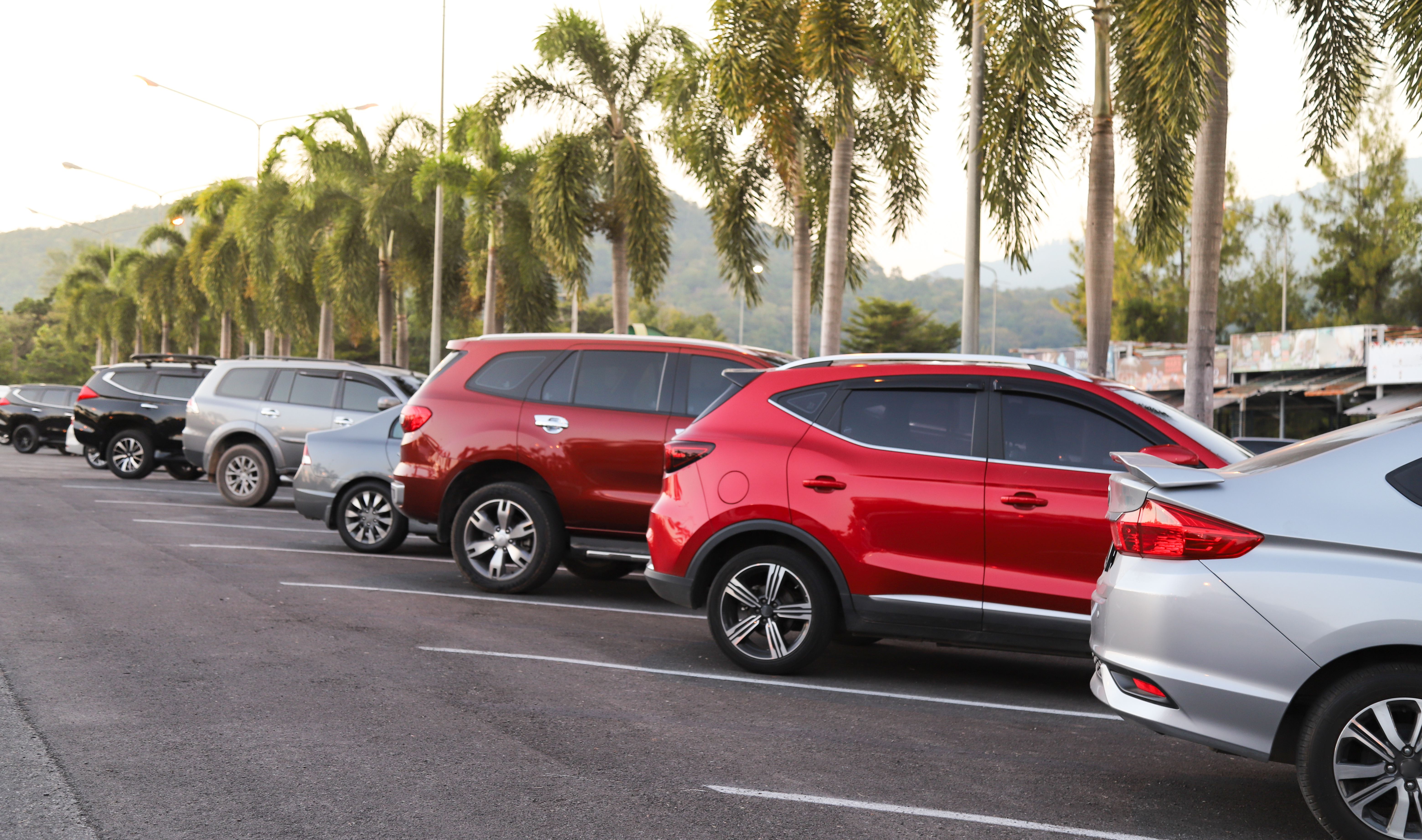5 Reasons Why Grey Fleets and Non-Owned Auto Should be on Every Safety Professional’s Radar

As safety professionals, it’s crucial to stay on top of potential risks that can impact the safety of your team, your reputation and your bottom line. One such area that is a must for companies across all industries to pay close attention to is the reliance on grey fleets and non-owned vehicles. While often overlooked, these vehicles present unique challenges and require proactive measures to ensure the safety of employees and the overall success of your company’s safety program.
In this blog, we dive into a few of the many reasons why grey fleet drivers and non-owned auto should be on every safety professional’s radar.
Check Out Our FREE Webinar: “How to Protect Your Company from Non-Owned Auto Risk”
Grey Fleet Definition
The term “grey fleet” refers to vehicles used for business purposes that are not owned or leased by the organization and instead owned by employees. These vehicles may be personal cars or vehicles obtained through employee allowances or cash incentives. Grey fleets are prevalent across various industries and can range from a handful of vehicles to a significant portion of the overall fleet, depending on the needs of the business.
While there is some overlap between the two terms, grey fleets specifically refer to vehicles owned by employees, whereas non-owned auto is a broader term that encompasses any vehicles not owned by the organization but used for business purposes.
5 Hidden Risks and Challenges of Grey Fleet Vehicles
Grey fleets present several unique risks and challenges for safety professionals. Here are some reasons why this unique category of drivers should be on your radar:
1. Duty of Care
Employers have a duty of care to ensure the health and safety of their employees. These laws typically require employers to identify and control risks associated with work-related activities, including the use of vehicles. This is regardless of whether your employees are using company-owned or personal vehicles for work purposes.
2. Inadequate Maintenance
Unlike company-owned vehicles, grey fleets may not undergo regular maintenance checks or adhere to the same safety standards. This can lead to increased breakdowns, crashes and potential harm to employees and those who share the road.
3. Unknown Vehicle History
Safety professionals often rely on vehicle history records, such as maintenance logs and crash reports, to assess the safety of a fleet. With grey fleets, accessing this crucial information becomes challenging, as the vehicles are not directly under your organization’s control.
4. Compliance and Insurance Issues
Non-owned vehicles can also create compliance and insurance challenges for organizations. Ensuring that employee-owned vehicles meet legal requirements, such as valid licenses, appropriate insurance coverage and vehicle inspections, becomes crucial to mitigate liability risks.
5. Lack of Safety Features
Modern vehicles are equipped with advanced safety features, such as collision avoidance systems and driver assistance technologies. Grey fleets may lack these safety features, increasing the likelihood of crashes and injuries.
The risks listed above only scratch the surface when it comes to the hidden dangers of grey fleet management. It is imperative for safety professionals to research and understand the risks and implement comprehensive strategies to mitigate them.
Get Tips from the Experts in Our Non-Owned Auto Webinar
In an ever-evolving work landscape, safety professionals must adapt their strategies to encompass the risks posed by grey fleets and non-owned vehicles. By recognizing the unique challenges and implementing proactive measures, organizations can ensure the safety and well-being of their employees, mitigate liability risks and maintain a strong safety culture.
Interested in discovering expert strategies for safeguarding your company against non-owned auto liability? Check out our free webinar, “How to Protect Your Company from Non-Owned Auto Risk.”
You’ll discover:
- What “non-owned auto” means, as well as which types of drivers fall into this category
- The hidden risks lurking in your non-regulated fleet, which may be larger than you thought!
- How “not knowing” is still considered culpability in a legal setting
- How to take the necessary corrective actions to address the risks associated with non-owned autos
- The importance of including non-owned autos in your driver safety policy and ongoing monitoring strategy
- And much more!
Visit the link below to watch on-demand!




